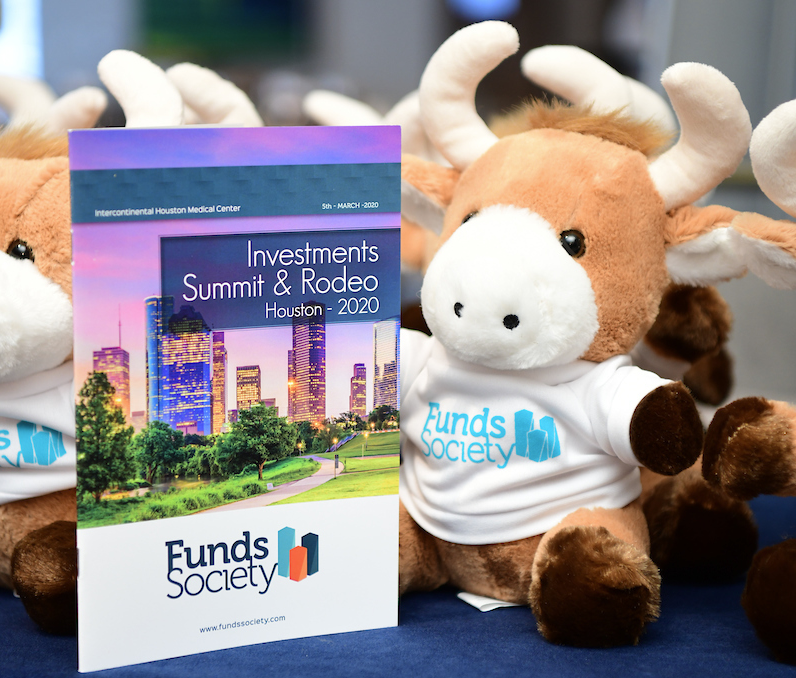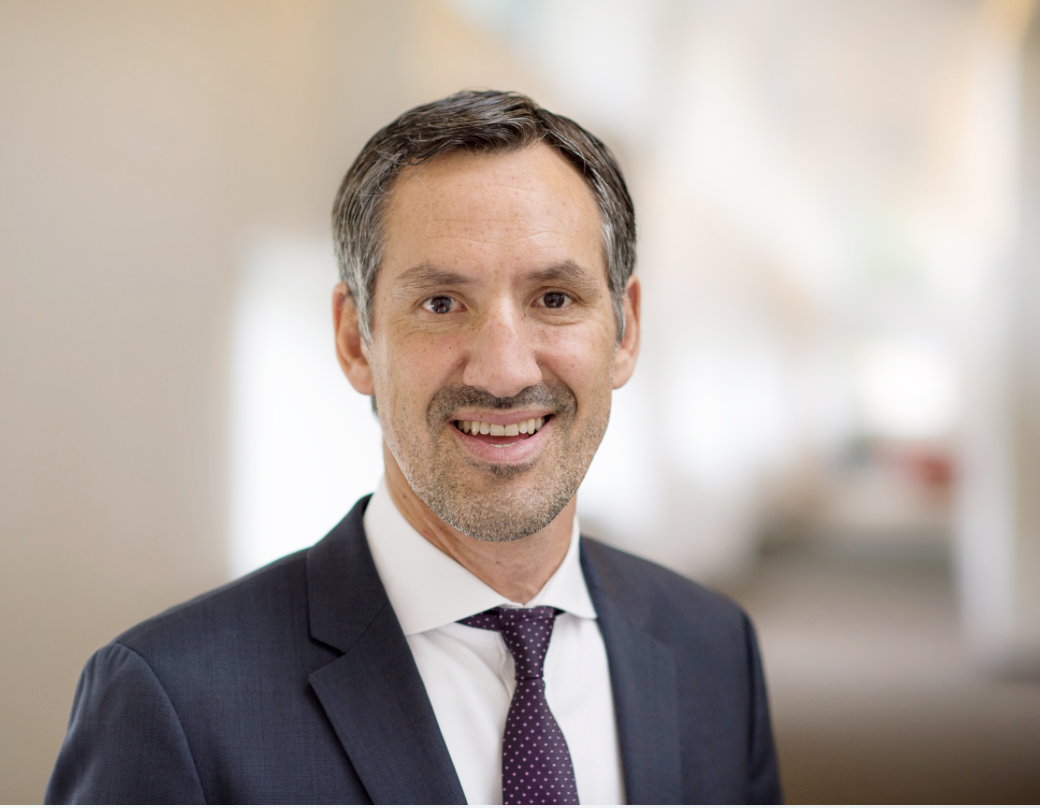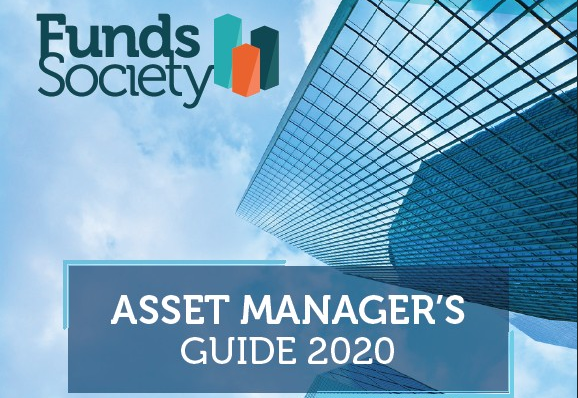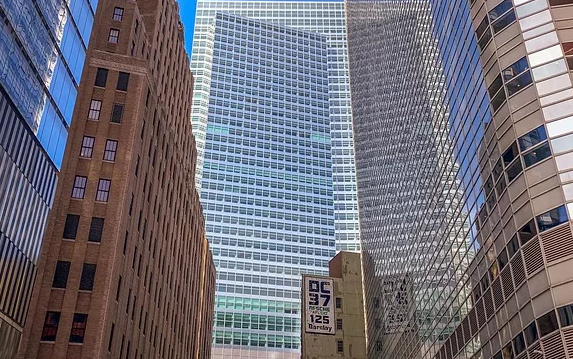Aberdeen SI, Carmignac, Ninety One and Vontobel Share Strategies to Protect Investments Amid COVID-19 and Low Growth
| For Gabriela Huerta | 0 Comentarios

Funds Society held its first Investments & Rodeo Summit 2020 in Houston, Texas on March 5.
Over 35 people attended the event, including bankers, advisers and fund selectors, as well as representatives of the four participating managers (Aberdeen Standard Investments, Carmignac, Ninety One / Investec and Vontobel).
Tam McVie, CIO at Aberdeen Standard Investments, noted that we are in an environment where we need to protect capital. In general, the manager mentioned that long-term performance expectations have been compressed, and although a global recession is not part of his base scenario, he emphasizes that having a diverse portfolio is the best way to protect yourself through investments.
To him, “a diverse portfolio should also have diverse return sources, and a diverse income stream.” So, when building their portfolio, they seek “for diversification from return streams and cash flows that are not dependent on the same economic environment.” McVie is also looking to benefit from the illiquid market but using liquid vehicles, such as listed alternatives, which, in his opinion, “actually have less volatility than REITs.”
Bradley George, Managing Director in the US Institutional team at Ninety One (previously Investec Asset Management) mentions that given the uncertainties we live in (which in his opinion has COVID-19 in the first place, followed by tensions between the US and China, and the trade relationship between the UK and the EU after Brexit), the current outlook for global growth is low, creating a situation where “some people say it’s better to do a flight to safety and others say it presents an opportunity.”
At this time and with the increase in global debt, which will increase even more due to easing, he believes that among high-quality companies, the most important quality to have is a healthy balance and low capital intensity. Regarding regions, he points out that “an EM allocation costs more due to high fees, but it is a high growth area, so our portfolio has over 30% revenue exposure to EM, with US compliance and such”.
Didier Saint-Georges, Member of the Strategic Investment Committee and Managing Director at Carmignac, said in his presentation that in fixed income you have to analize if the market is right when you buy, because unless it goes bankrupt you will get it in the end, but that they do not expect interest rates to rebound soon. “Crises never happen in a vacuum, they happen in a context and the current one is one of low growth, deflationary pressures and one in which central banks have been using a lot of ammunition to push forward the recession and there is not so much left…”
With regard to the COVID-19 situation, the specialist mentions that since January we saw cases in China “and it is important to realize that an epidemic works with a bell shaped curve, it accelerates first before hitting a plateau and going down, And outside China we are still in the acceleration phase. There is going to be a big economic cost. Our central scenario does look like a recession because this type of crisis cannot be contained but by stopping activities, so that becomes a cash problem.”
To protect their investments in this context, Carmignac has reduced portfolio risk and upped duration. “In fixed income now we have low levels of yield, increased volatility, and scarce secondary liquidity. Sensitivity to interest rates have skyrocketed because of very low low interest rates.” One way to fight this is by using a global approach, given that “the quality of issuers has gone down and yields are low but dispersion creates opportunities.” He concludes.
For Felipe Villaroel, portfolio manager at TwentyFour Asset Management, a boutique from Vontobel Asset Management, who specializes in a multi-sector bond strategy, the coronavirus situation became a “gamechanger” for the duration portion of fixed income portfolios, as they did not plan to increase theirs but did so after the first unexpected move by the Fed, in which a cut of 50 basis points was made.
“The Fed wanted to bring calm to the markets by doing something they did not do since Lehman Brothers fell and this is not the same. In my opinion, what it did was introduce more volatility in the market,” he says, adding that “this is going to be a big shock to the growth of the world in a quarter, maybe two, but it is going to be something temporary.”
In his opinion, and seeing that China has reached a plateau in the contagion curve, and that after a month and a half its PMIs are at historical lows, he reminded the audience that the most important thing is to see what will happen with March’s numbers: “if they show a rebound, a new fall or remain flat, that will allow us to see how long it takes for an economy to recover after the crisis.”
At night, and from Funds Society’s box, attendees enjoyed traditional Texan food at the Houston Rodeo, which included a concert by Becky G.












